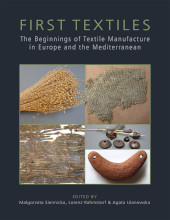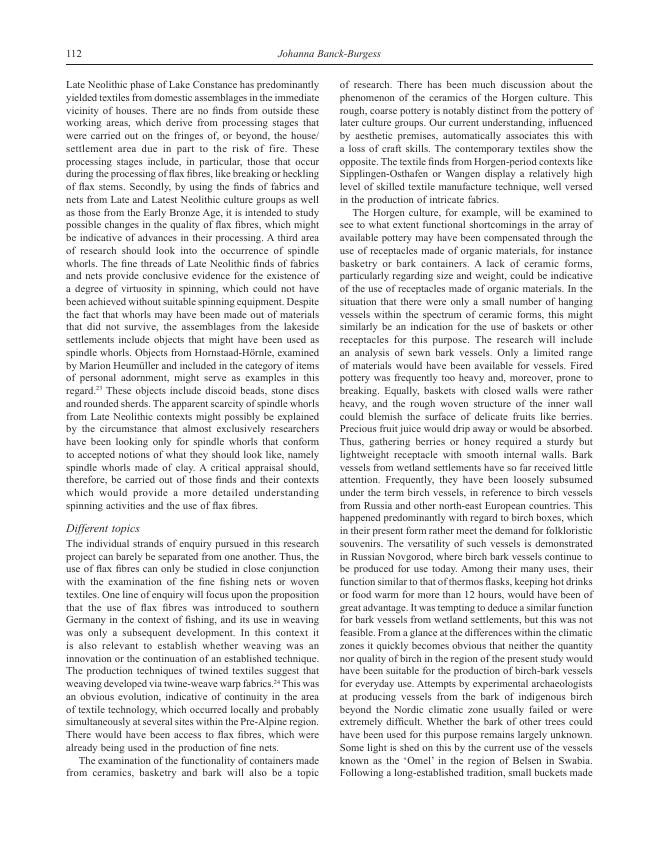First Textiles : The Beginnings of Textile Production in Europe and the Mediterranean
272 p.
Textile production and the manufacture of clothing was one of the most essential daily activities in prehistory. Textiles were significant objects of practical use, and at the same time had cultural, social and symbolic meaning, crucial for displaying the identity, gender, social rank and status, or wealth of their users. However, evidence of ancient clothing is scarce due to unfavourable preservation of organic materials. Only occasionally are prehistoric textiles and associated implements preserved, mainly as a result of exceptional environmental conditions, such as waterlogged contexts like bogs, or in very dry or cold climates. In other cases textiles are sporadically mineralised, carbonised or preserved by metal corrosion. Textiles and leather can also be visible as imprints on clay.The beginning of textile manufacture is still vague, but can be traced back to the upper Palaeolithic. Important developments in textile technology, e.g. weaving, spinning with a spindle, introduction of wool, appeared in Eur
ope and the Mediterranean throughout the Neolithic, Chalcolithic and Early Bronze Age. This book is devoted to the early textile production in Europe and the Mediterranean and aims to collect and investigate the combined evidence of textile and leather remains, tools, workplaces and textile iconography. The chapters discuss the recent achievements in the research of ancient textiles and textile production, textile techniques such as spinning, fabric and skin manufacture, use of textile tools and experimental textile archaeology. The volume explores important cultural and social aspects of textile production, and its development. [Publisher's text].
Special access authorizations may apply; please contact us for further information.
-
Informationen
ISBN: 9781785708015
REIHE
THEMENBEREICHE



